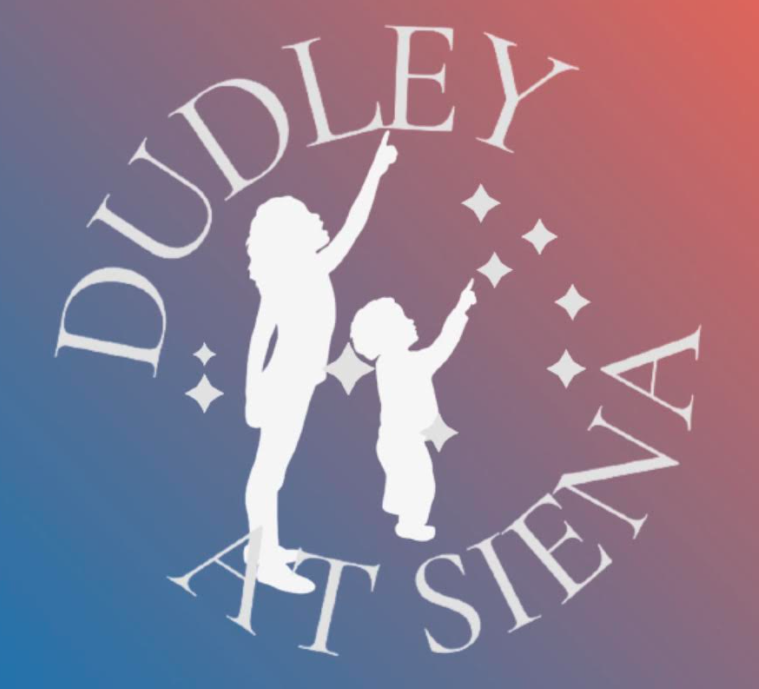Skywatch Line for Wednesday and Thursday, April 16 and 17, 2025, written by Alan French
This is Dudley Observatory’s Skywatch Line for Wednesday and Thursday, April 16 and 17, 2025, written by Alan French.
The Sun rises at 6:12 A.M. on Wednesday and sets at 7:39 P.M. On Thursday it rises at 6:10 A.M. and sets at 7:40 P.M. Thursday gained 19 minutes,32 seconds of daylight over last Thursday.
The Moon was full last Saturday and is now headed toward last quarter, so it will rise late. On Wednesday an 85% sunlit Moon rises at 11:50 P.M. in the southeast. Moonrise Thursday night is not until after midnight, with the 77% illuminated Moon rising at 12:50 A.M. Friday morning. The Moon will reach last quarter on Sunday.
If you are up before dawn, look for a bright, waning gibbous Moon. On Wednesday at 5:00 A.M. a 90% sunlit Moon will be 17 degrees above the south southwestern horizon. Thursday at 5 A.M. the Moon will be more toward the south, 17 ½ degrees high and 84% in sunlight. By Friday morning it will be 76% full, in the south, and 18 degrees high.
At 9:30 P.M. Wednesday bright Jupiter will be 25 degrees above the western horizon, 4 degrees lower than it was a week ago. A telescope will show three of the Galilean moons, in order of distance, closest to farthest, Callisto, Ganymede, and Europa to Jupiter’s west, and only Io to the east. By Thursday at 9:30 P.M. all four will be to the west, again in order of distance, Io, Europa, Callisto, and Ganymede.
Mars is also in the evening sky, lying high toward the west southwest at 9:30 P.M. Shining at magnitude +0.7 the Red Planet is 193 million kilometers from Earth and appears only 7.3 arc seconds in diameter through a telescope. By comparison, Jupiter is now 34.7 arc seconds in diameter, approaching five times the apparent size of Mars.
On Wednesday there is a nice pass of the Chinese space station, Tiangong, over our area. Tiangong will first appear in the west at 8:47 P.M., headed toward Orion. By 8:48 the space station will be moving toward the top of Orion, and by 8:48:28 (HH:MM:SS) it will be moving past Bellatrix, the star marking Orion’s left shoulder. Less than 20 seconds later it will be passing Rigel, the star marking his right shoulder.
Just after 8:49:30 Tiangong will pass just below Sirius, the luminary of Canis Major and brightest star in the night sky. As the space station moves above Corvus, the Crow, just after 8:50, it will move into the Earth’s shadow and fade from view.
The ISS will not return to the evening sky until Thursday, May 8, when it will have nice morning and evening appearances. We will cover them here.
